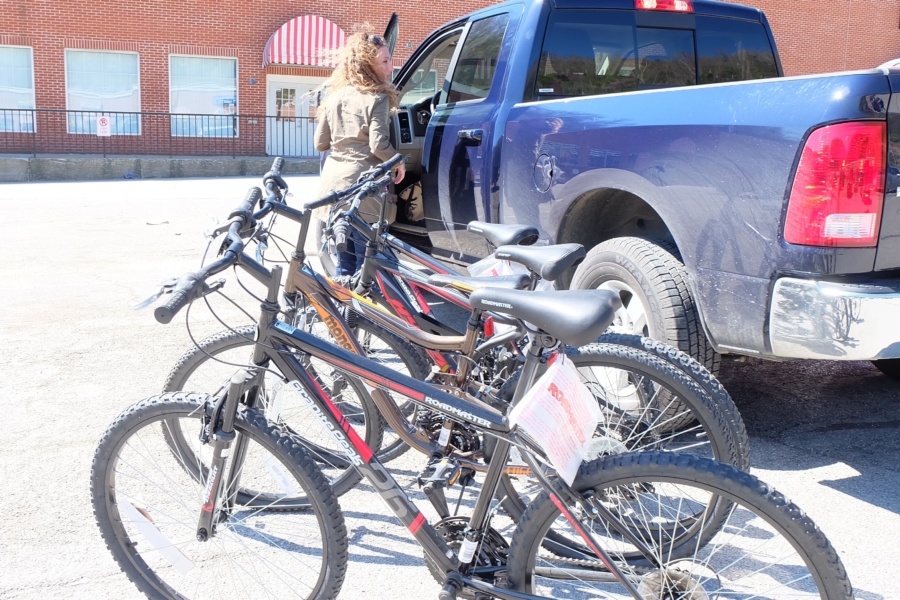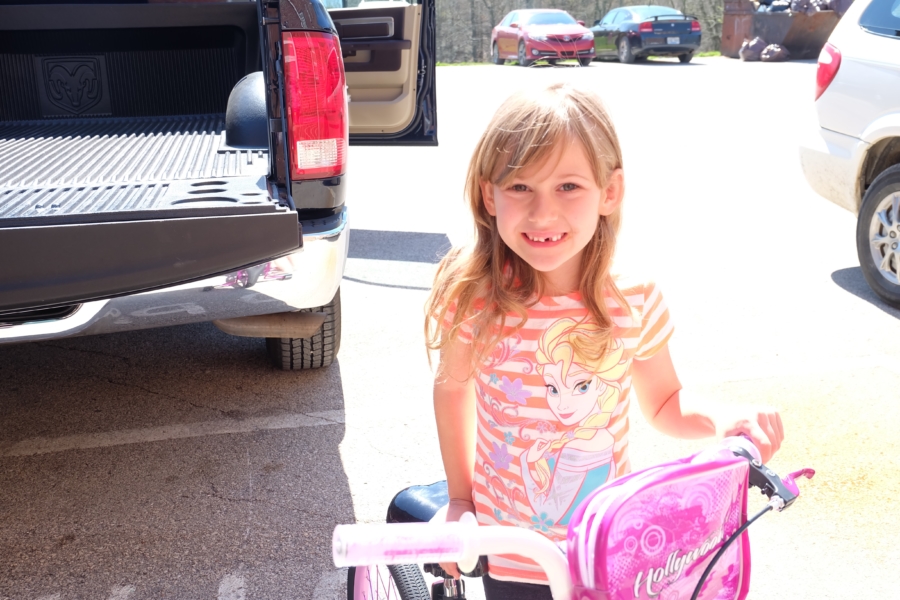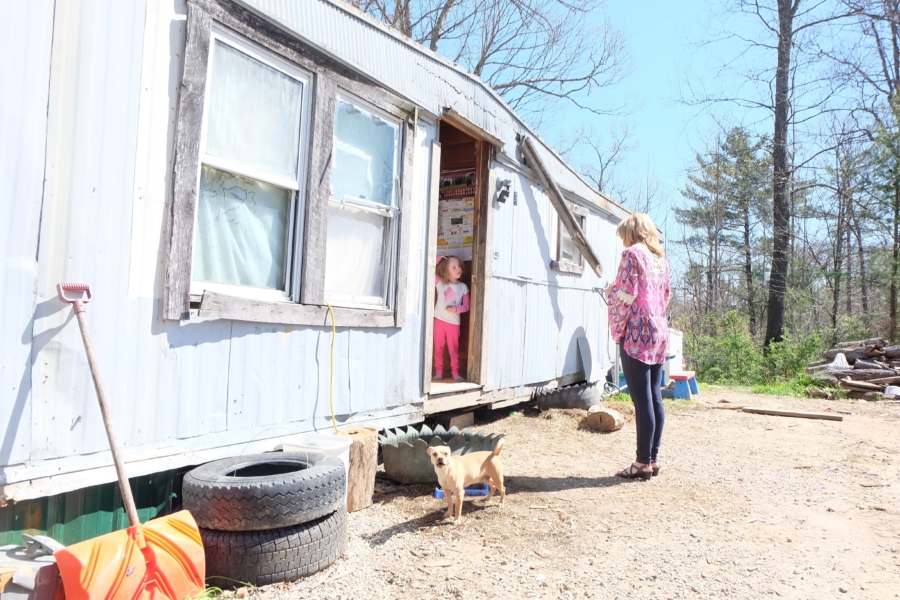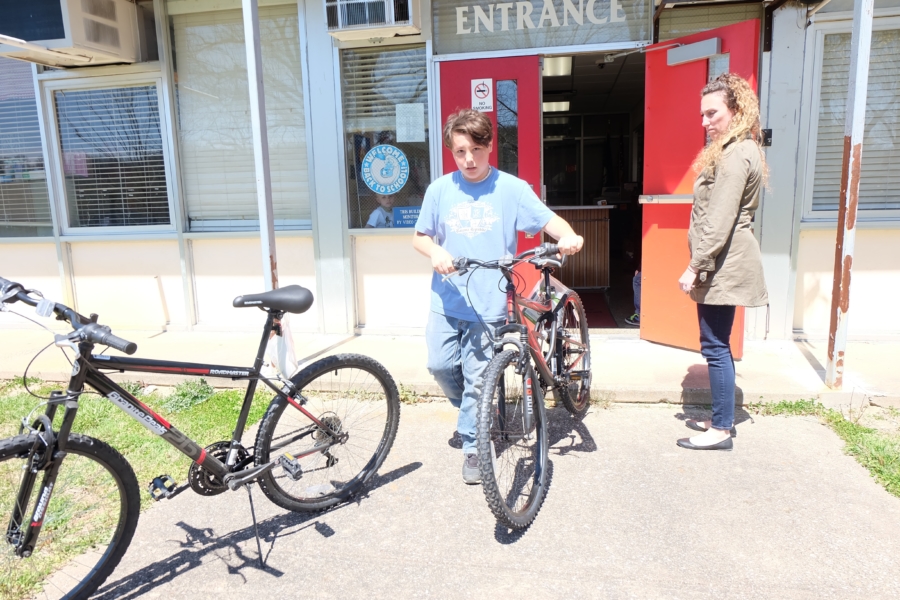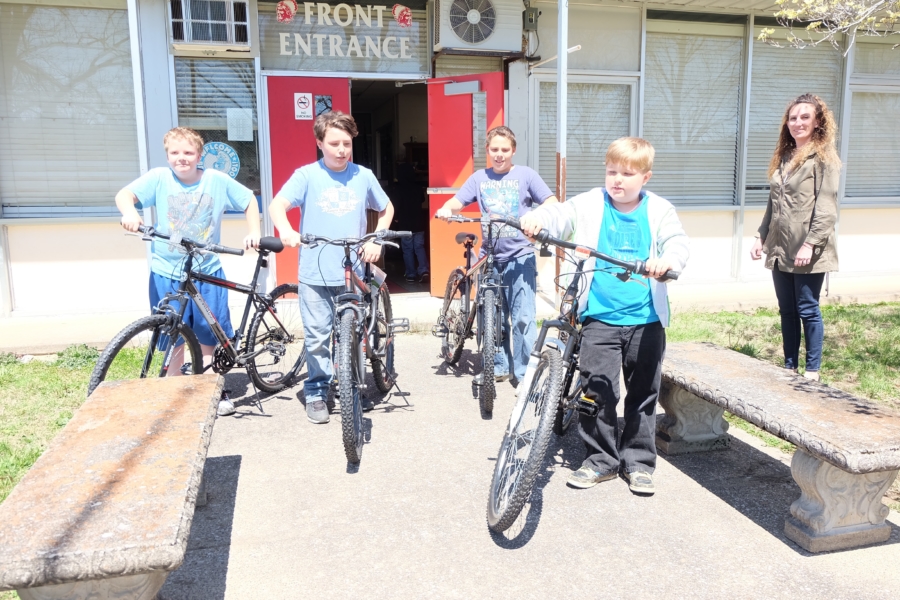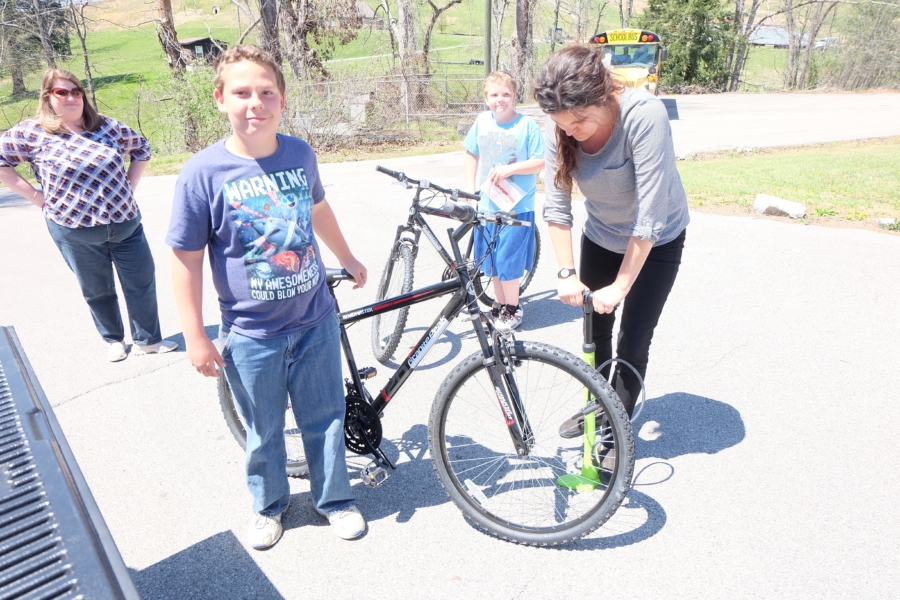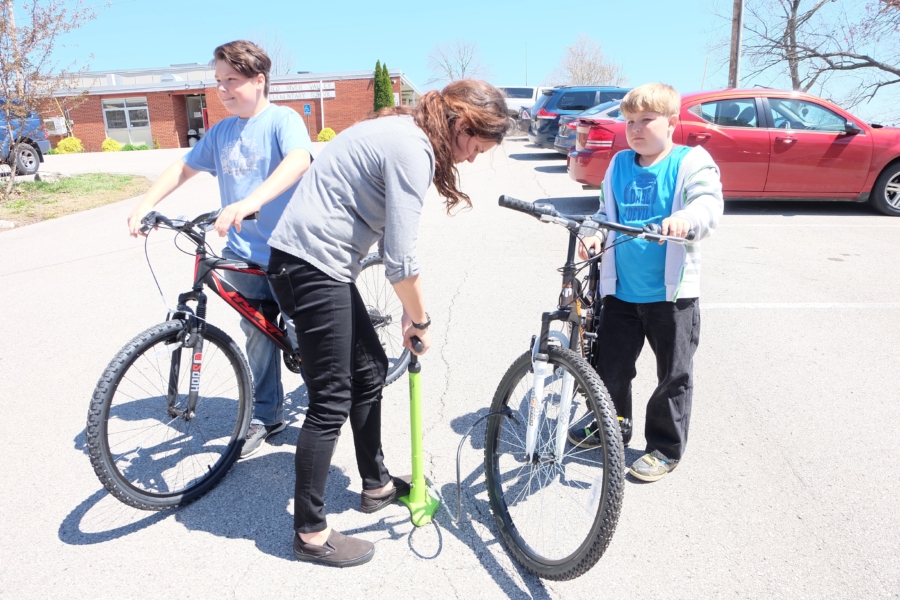Many of us don’t know much about Ethiopia beyond their 1985 famine, highly publicized by Michael Jackson and his “We Are the World” campaign. But things have changed significantly here over the last 31 years.
In response to that devastating famine, which killed an estimated one million people, the Ethiopian government developed a program to relocate its citizens from the drought-ravaged north to the southern part of the country, where there were fewer people and better land.
Major roadblocks included infrastructure and planning. By the end of 1988, more than 12 million people had been relocated, often forcibly, but the land they were moved to hadn’t been cleared, there were no roads or government services, and they weren’t given seed, fertilizer or any of the tools needed to farm.
Endemic hunger and starvation grew among the relocated, but the program has continued off and on ever since. What ostensibly began as an effort to alleviate the effects of famine has now been criticized by both citizens and international groups as a veiled attempt to raise the middle class and encourage international development at the expense of the poor.
Life in the slums
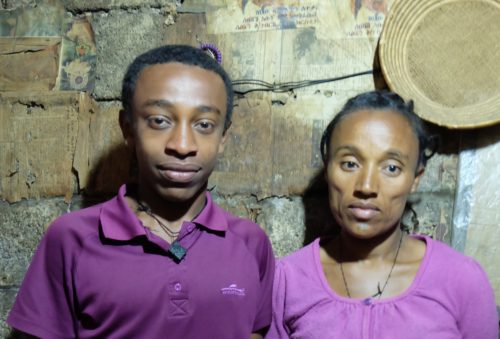
Abel and his mother
That international development is in full view everywhere you look. We’ve arrived in Ethiopia’s capital city, Addis Ababa, where it seems everything is under construction — roads, buildings, homes. The city is being built — or rebuilt — street by street.
If you’re a man and you can handle physical labor, there are construction jobs available. But for the rest of Addis Ababa’s citizens, the situation is dire.
Orphaned children and widowed mothers increase in staggering numbers, while the death toll from disease and malnutrition grows alongside it. Poverty is taking a terrible toll on the economic viability of individual families and the entire population.
A workforce stunted by hunger and disease is only one problem — the relocations have also caused a severe housing shortage in the city. One family told us that they had been leasing a government-owned house for $2 a month but now pay $40 a month for a privately-owned home in the city’s slum.
That leaves families with little to no money for anything but rent. No food, no clothes, no medicine — and because school isn’t provided publicly, not even an education.
Following the Rainbow
I’ve come to the city on my first visit to the Rainbow Center, a Children Incorporated volunteer partner that helps relocated children and their families.
The Rainbow Center isn’t really a facility—it’s a program run out of a government center where Fasika, the Rainbow Center manager, coordinates her volunteers. She and her team help provide school tuition, uniforms and supplies, and Fasika visits all the program’s children every two weeks and makes sure they’re going to school and doing well.
These children are scattered all over the city, but the ones we visited live in a slum, which is the case for most.
Their houses are very small one-room structures, made mostly of tin and concrete blocks. By “very small,” I mean 8×10 feet – significantly smaller than most American bedrooms. Three or more people live in each, with a bed, a kitchen setup and a sitting area all crowded together. The ceilings are low, and there are no windows to let in light or air.
For this, they pay as much as $40 a month, which comes to about 65 percent of the average income here. Fasika told us, “We can get by because my husband and I only have one child and we both work. It is very hard here.”
But for most, it’s much harder.
Making ends meet
Luele, one of the Rainbow Center children we visited, is a good student—a third-grader who likes math and, like all of the children here, soccer, marbles and jumping rope. Luele’s father is dead. He lives with his brother and their mother, who can’t work due to illness. Though they aren’t much better off, his neighbors help collect money for them to buy food and medicine.
“We can get by because my husband and I only have one child and we both work. It is very hard here.”
-Fasika
We also met Abel, who lives with his mother in a home about as wide as a hallway. His mother sells household items on the street for rent money, and Abel goes to school with funding from the Rainbow Center. Abel wants to be an engineer when he grows up, and he’s academically inclined for it—he’s in the top five of his class.
Abel, like Luele and many of the other children of the Addis Ababa slum, have the additional problem of insecurity—they’ve already been relocated from rural communities into the city and they never know if or when they’ll be forced to move from one slum to another. If they get moved further than walking distance from their schools, they’ll have to pay for transportation to get there.
Next stop: Shashamane
We’re preparing to leave for Shashamane, a rural Ethiopian community where conditions are somewhat different. I’m struck by the impact of uncertainty on these children in the Addis Ababa slums. The cost of housing means they’re often forced to move from tiny home to tiny home—sometimes too far from their schools. The fact that many don’t have parents means they also lack a real source of income, which only adds to the likelihood that they’ll be out on the streets, or moving again, at any time.
While the relocation program may have helped the nation’s middle class and international development, it’s left the poor all but abandoned. As we get ready for Shashamane, I try to have hope that we’ll find the rural children in better condition than their urban counterparts, but I have a sinking feeling that we’ll see much of the same.
***
HOW DO I SPONSOR A CHILD IN ETHIOPIA?
You can sponsor a child in Ethiopia in one of three ways – call our office and speak with one of our sponsorship specialists at 1-800-538-5381, email us at sponsorship@children-inc.org, or go online to our donation portal, create an account, and search for a child in Ethiopia that is available for sponsorship.

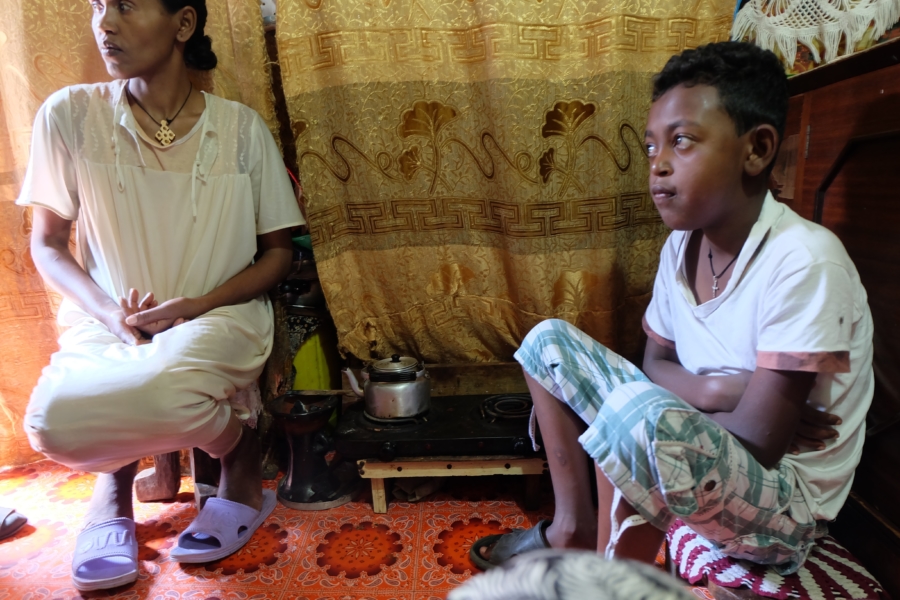



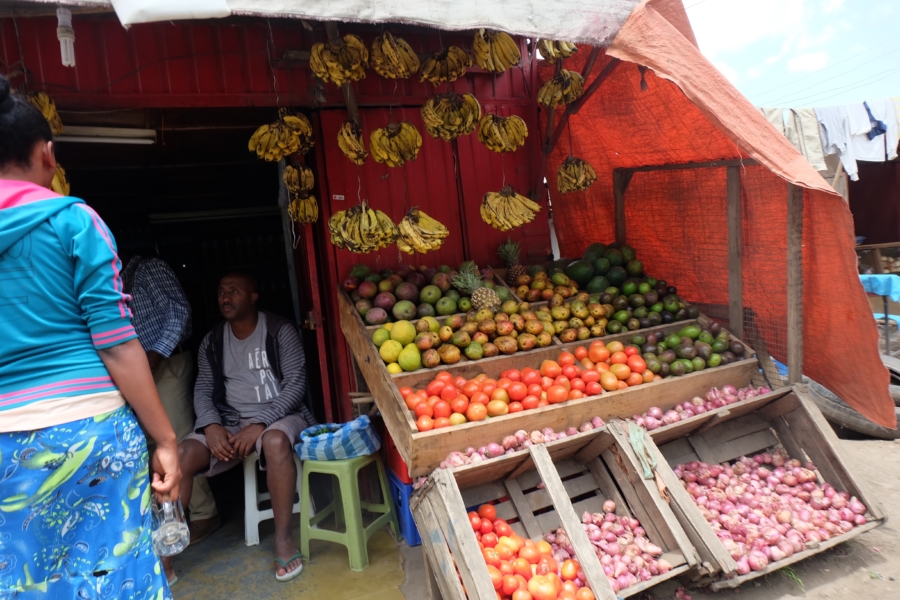
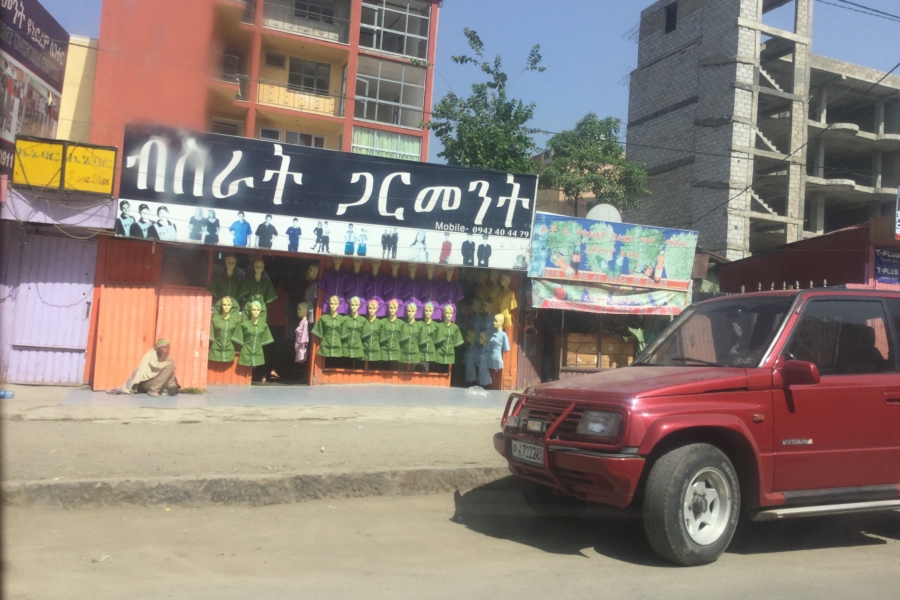

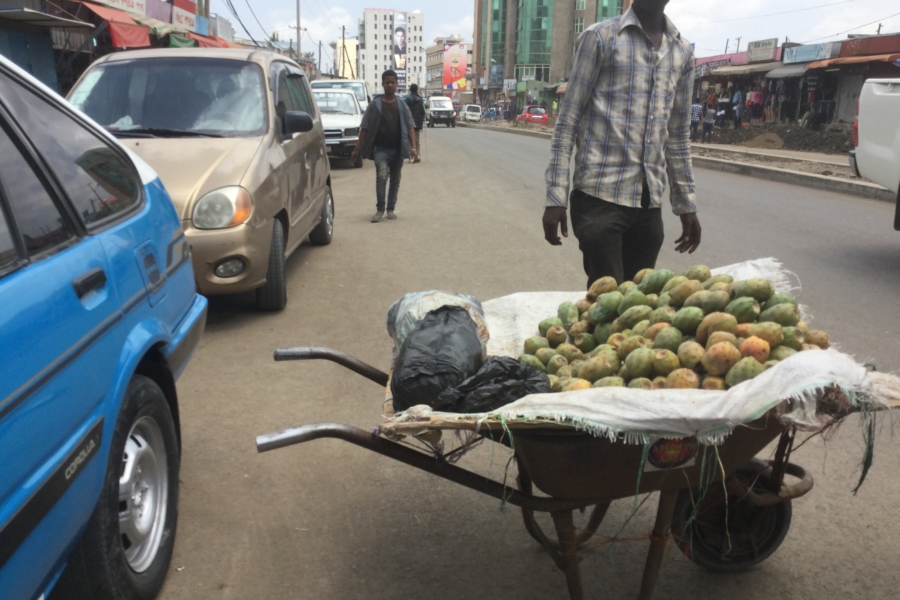
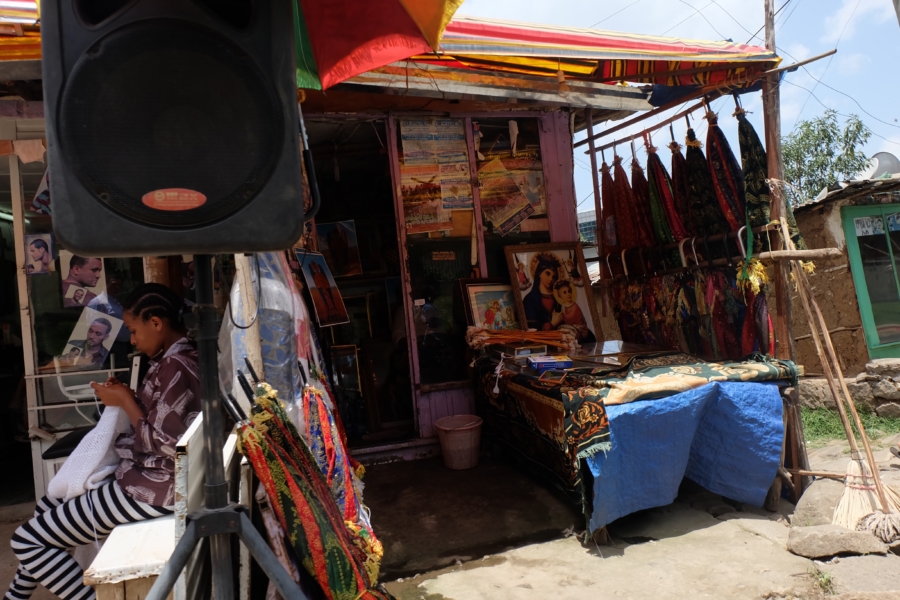
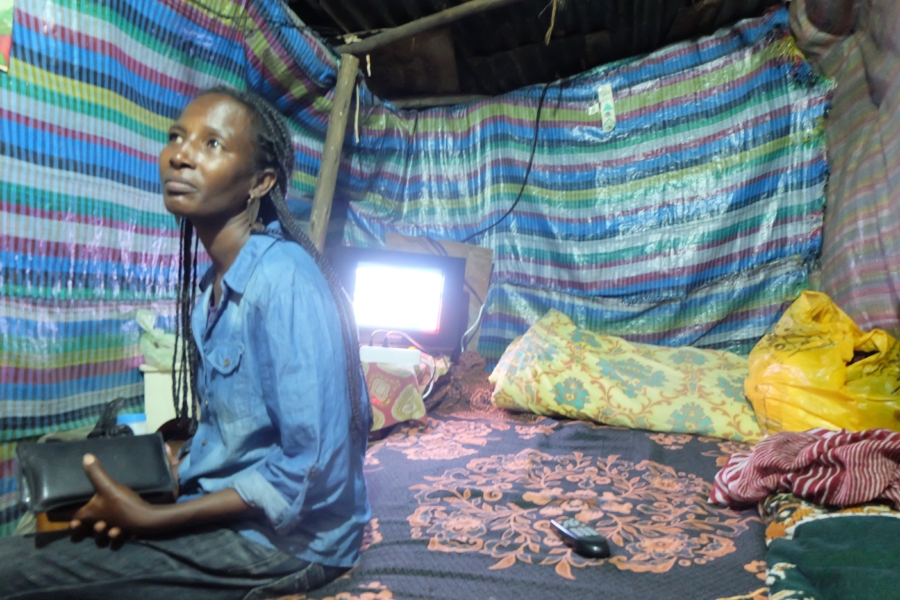

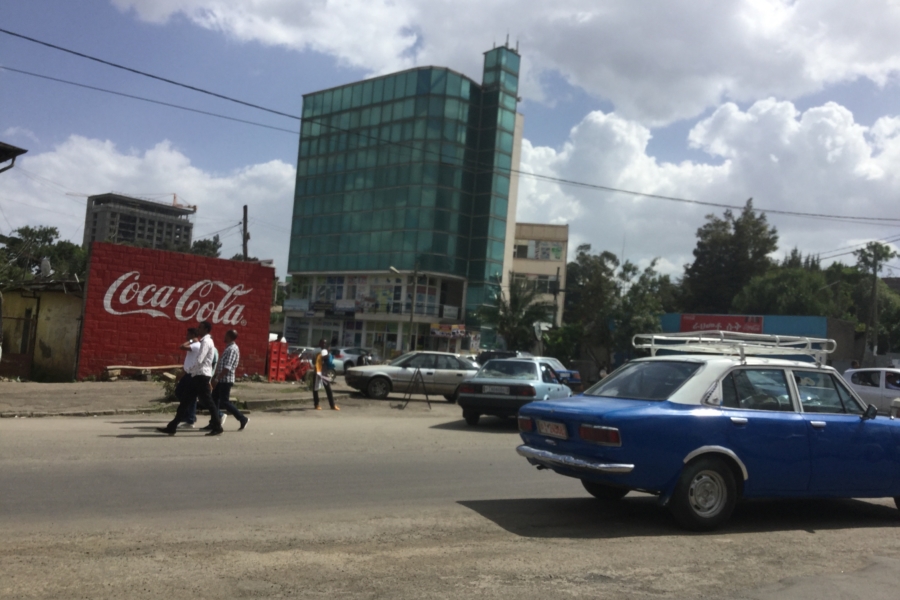
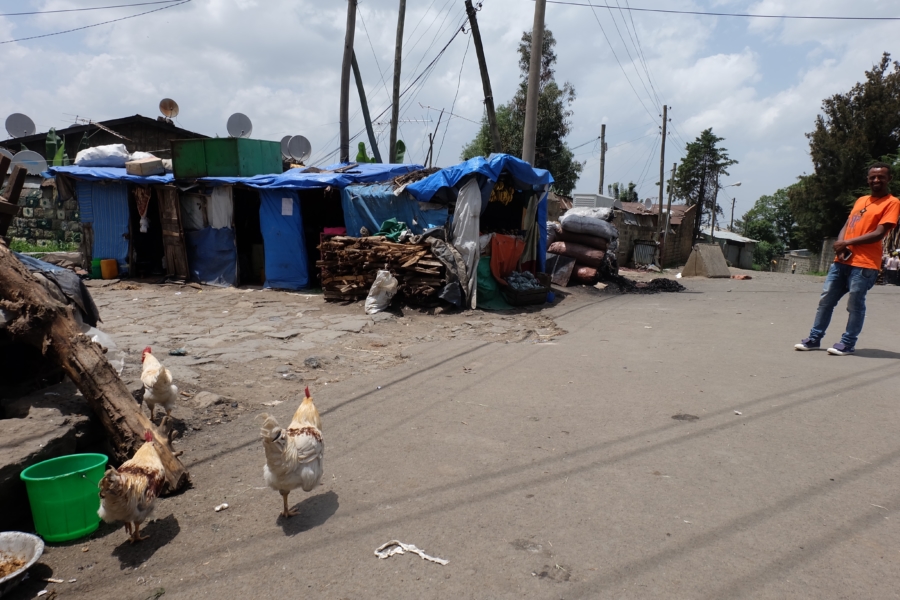
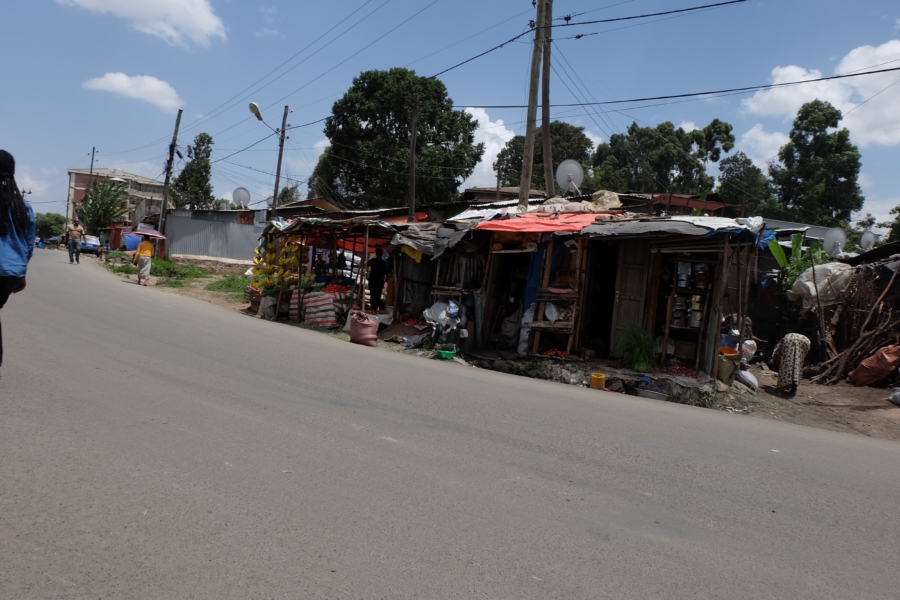


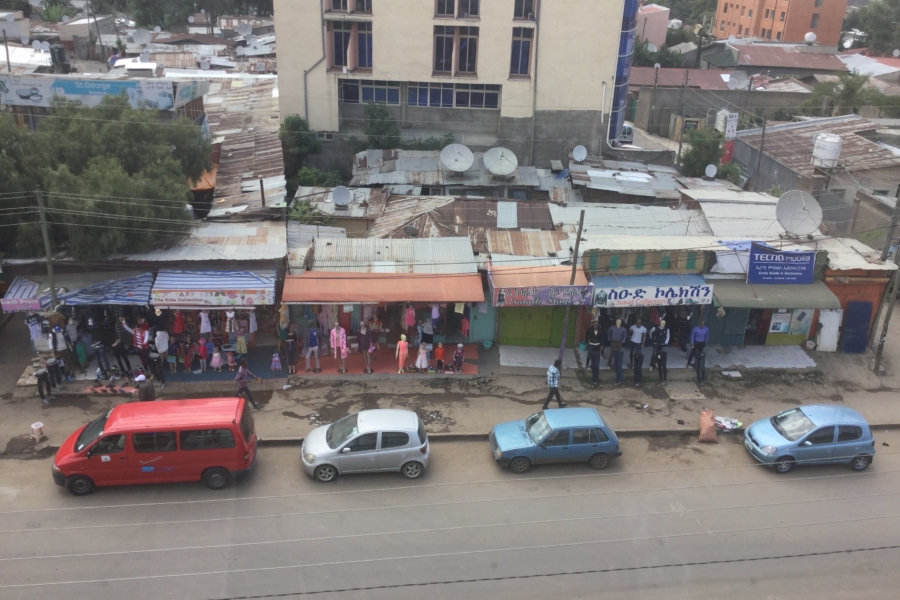
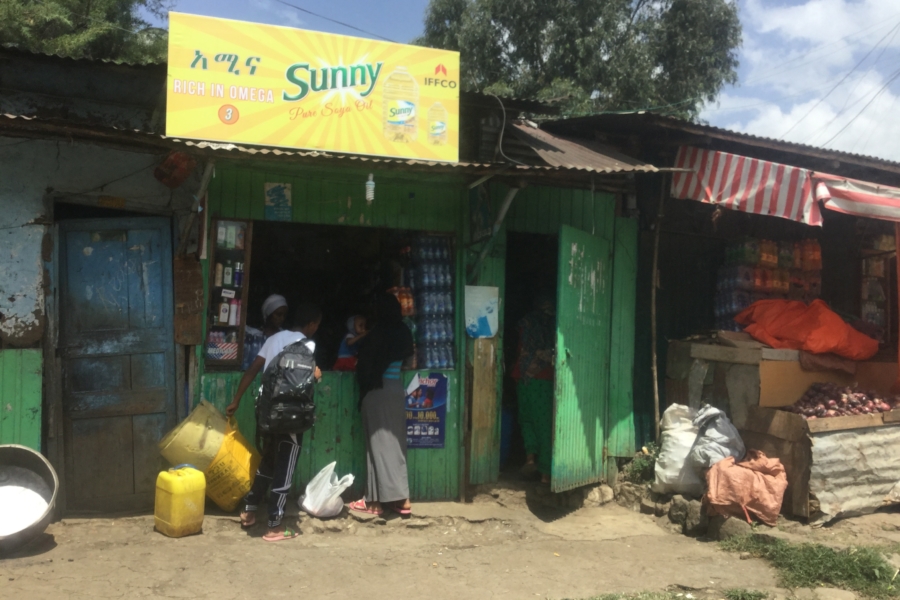
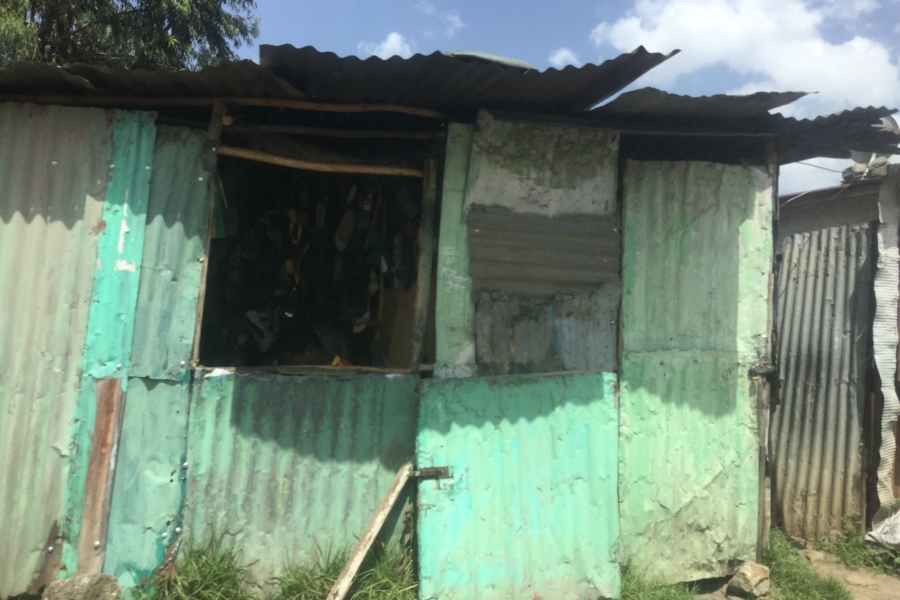
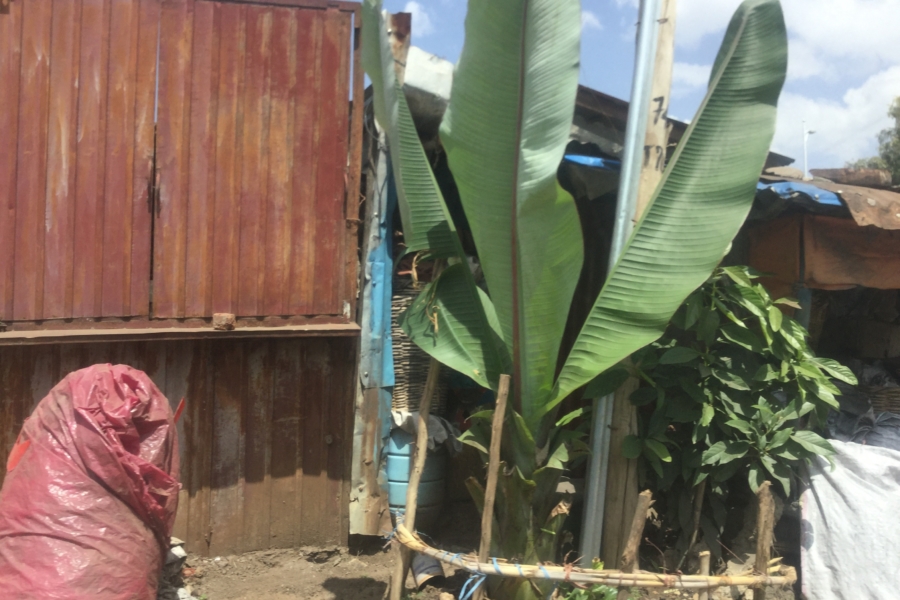








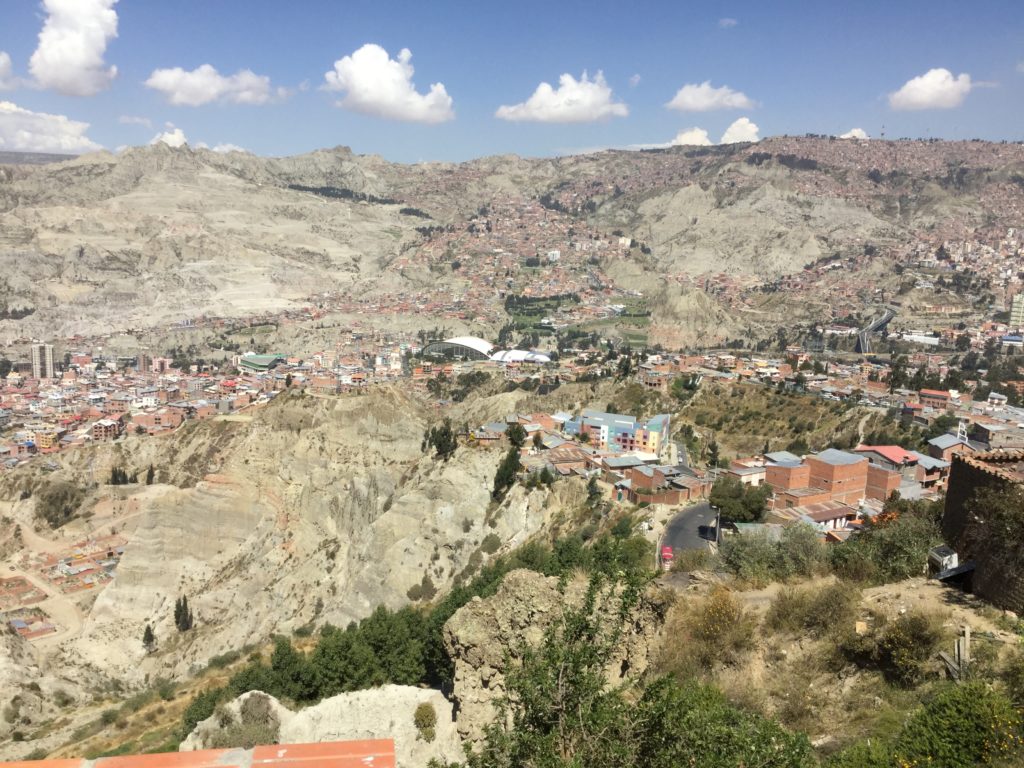
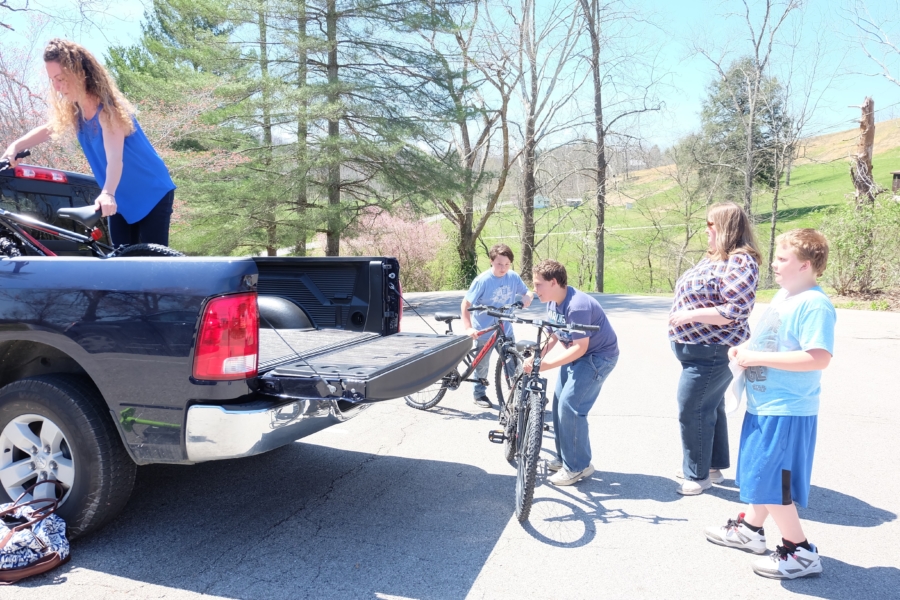
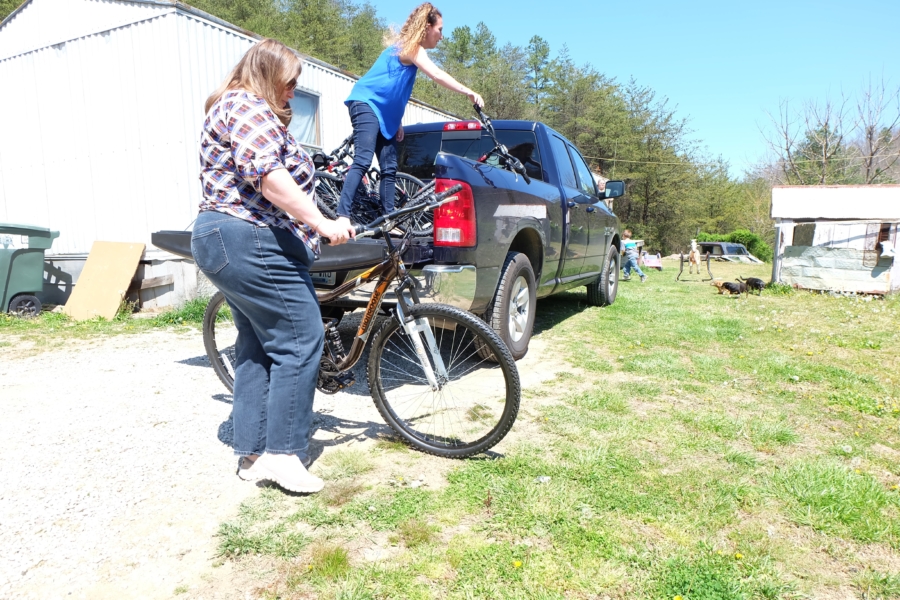
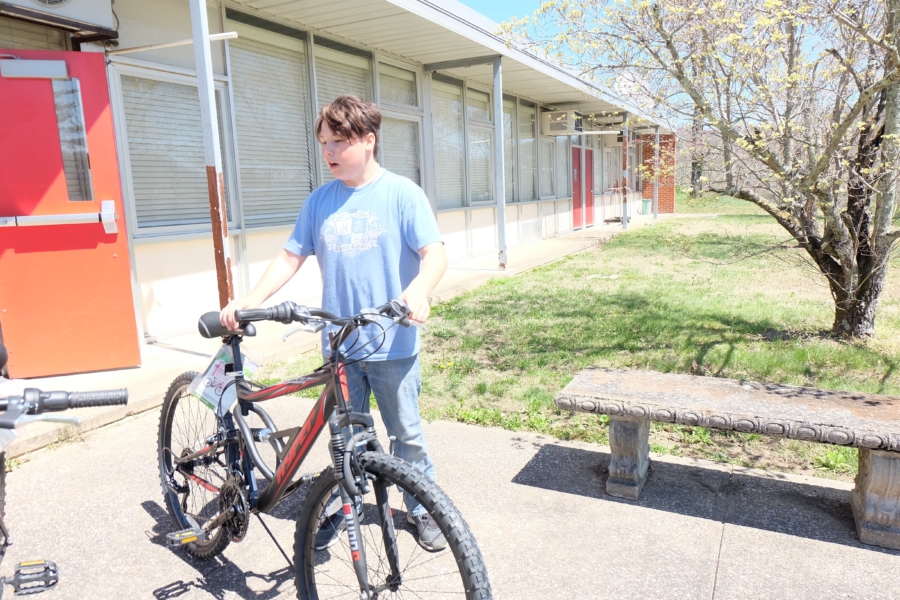
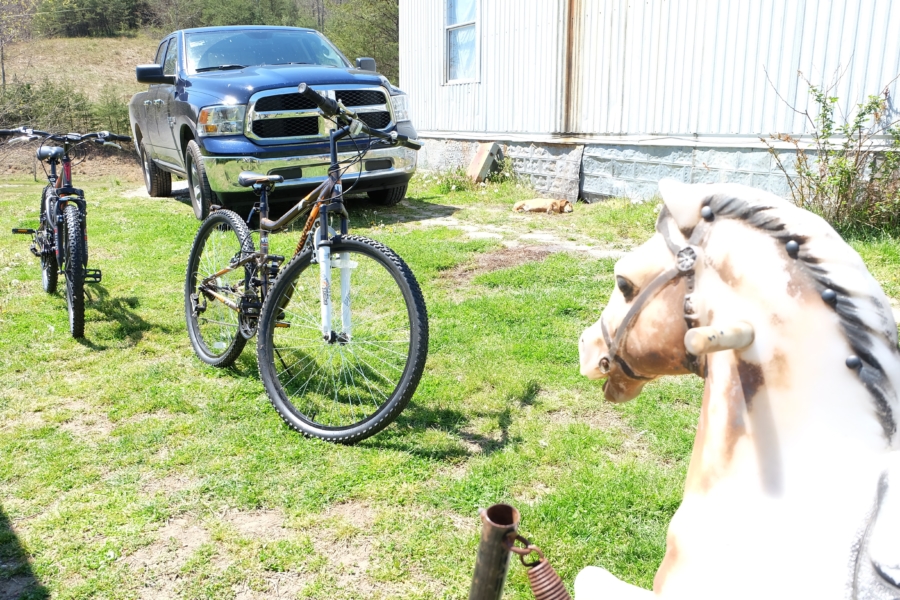

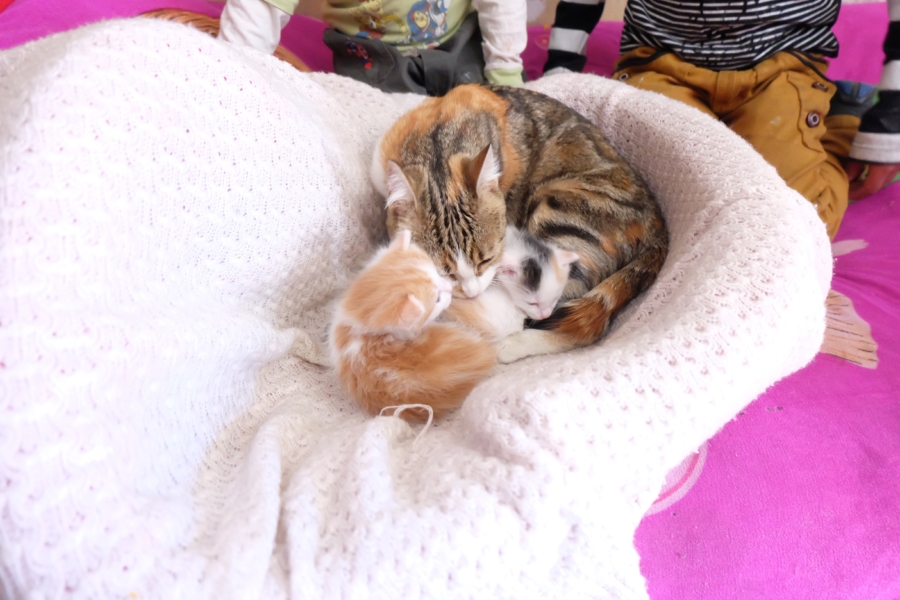

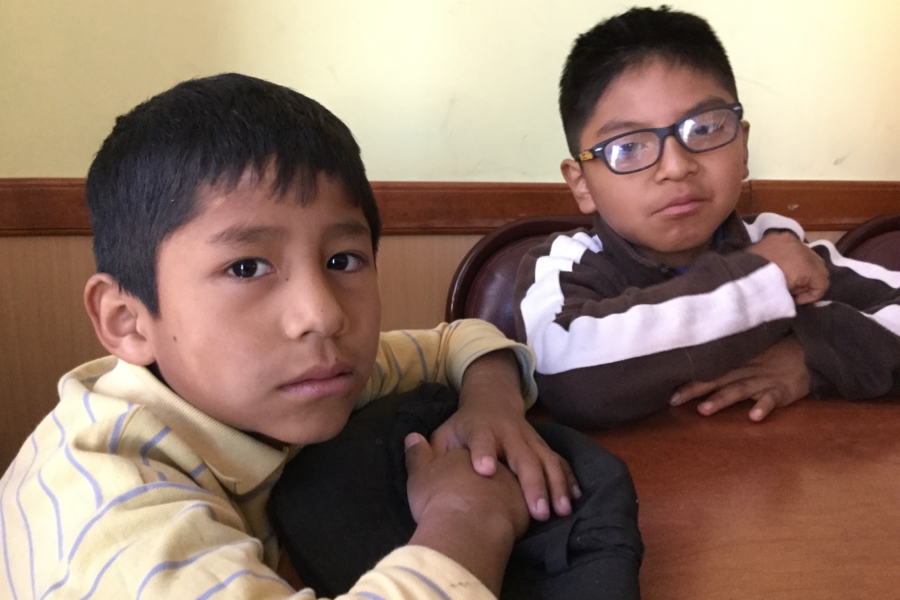

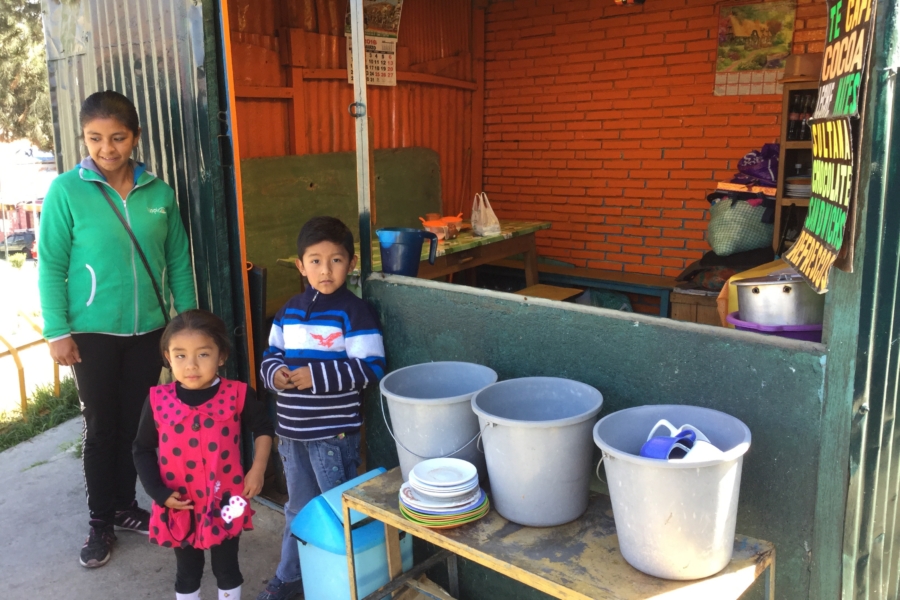
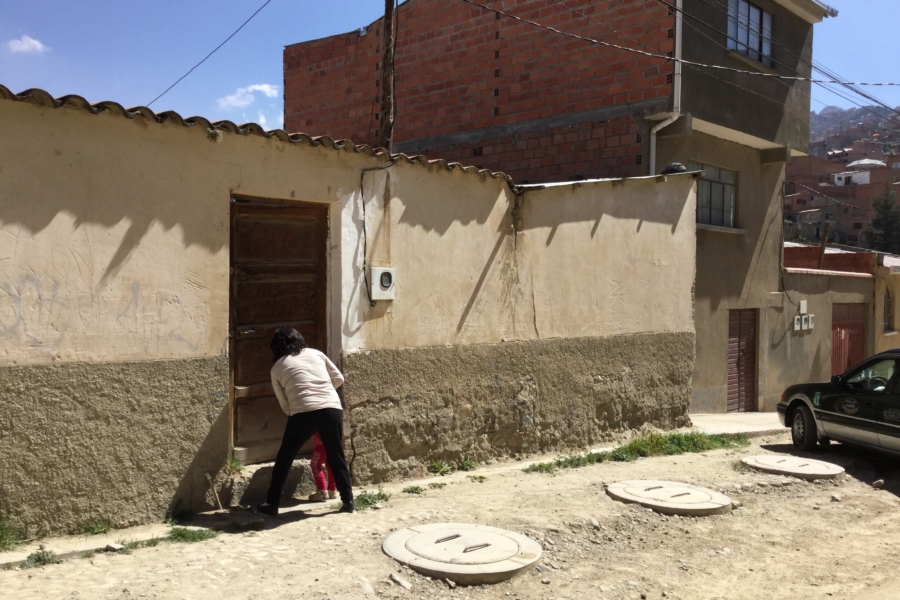
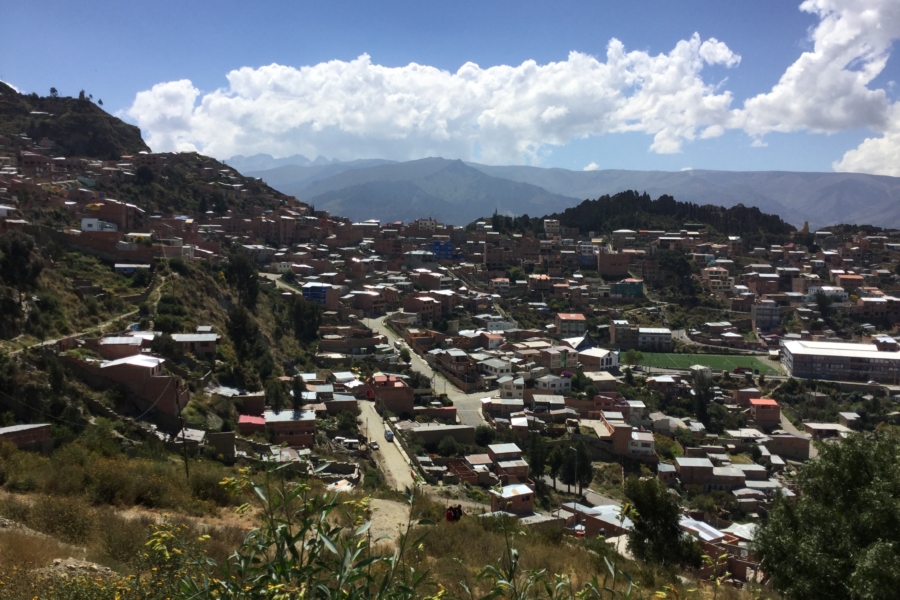
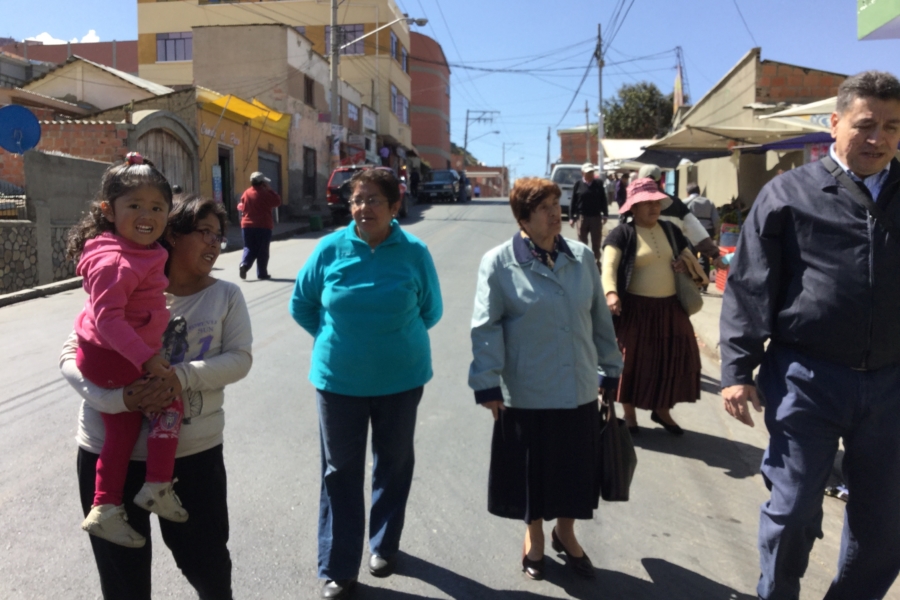
 Ten bikes were slated for elementary and middle school children in Wolfe County, Kentucky. Wolfe County has a population of about 7,300 and is ranked 14
Ten bikes were slated for elementary and middle school children in Wolfe County, Kentucky. Wolfe County has a population of about 7,300 and is ranked 14
